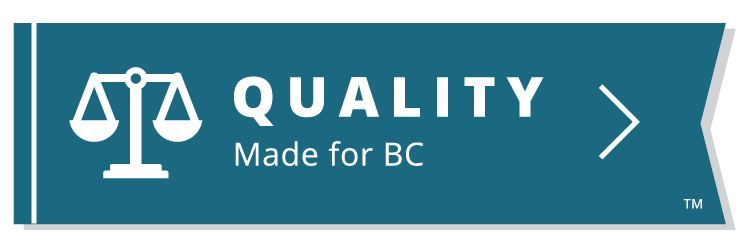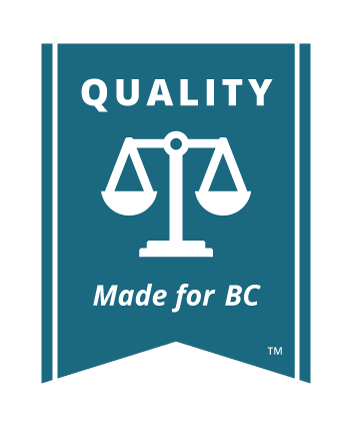Introduction
This guidebook gives you an overview of the civil litigation process. This book is not aimed at criminal law.
You should read this book along with Civil Law Guidebook – Settlement. This book will explain the Court process, while that book will explain how you might avoid court.
NOTE: This Guidebook does not provide legal advice and must not be used as a substitute for the advice that a lawyer may provide. This Guidebook provides general information to help people with matters in the BC Supreme Court.

Learn More
The British Columbia Supreme Court has helpful information for self represented litigants including resources on getting help, learning about the law and understanding court procedures. Find it here.
What is Civil Litigation?
Litigation is the process of going to court to settle a dispute. Civil law deals with relationships between individuals. In law, an individual can be a person, a company or an organization. Civil law cases involve one individual filing a claim against another individual, based on either federal or provincial laws. Examples include contract disputes, landlord-tenant disputes, employment disputes, and divorce.
This series of Guidebooks provides information on BC Supreme Court processes related to civil law cases, but it does not include family law disputes. See the Family Law section on this website or visit the Legal Aid BC family law website.
If someone says that they are going to “sue” someone, that means they are planning civil litigation. In addition to “suing someone”, a civil litigation case can be called:
- an action
- a matter
- a lawsuit
- a proceeding
- a case
Proof in civil litigation is on a “balance of probabilities”. This means that a judge must be satisfied something probably happened. This is a lower standard than in criminal litigation. There, facts must be proven “beyond a reasonable doubt”.
It is not only people who can be involved in civil litigation. Companies, governments, societies, and other legal entities can be involved also.
Much civil litigation is concerned with contracts or torts.

Key Terms
A “tort” is an action that can lead to civil liability.

Learn More
That is, if you commit a “tort” you can be “sued” and forced to pay. For example, if a store owner lets their stairs become slippery and someone slips and hurts themselves, that may be the tort of negligence and the store owner may have to pay for the injury.







 JusticeEducation.ca
JusticeEducation.ca JusticeEd
JusticeEd /JusticeEducation
/JusticeEducation